PSL research
Think Wood Research Library
Learn MoreThe fabrication, uses, performance and sustainability of parallel strand lumber (PSL).
Photo credit: Paul Alberts (Ardor Media)
PSL is part of a family of products, structural composite lumber, that are made of dried and graded wood veneers, strands or flakes that are layered upon one another and bonded together with a moisture-resistant adhesive into large blocks known as billets. Other products in this group include laminated strand lumber (LSL) and laminated veneer lumber (LVL). In the case of PSL, long strands (longer than those used in LSL) are laid lengthwise in parallel.
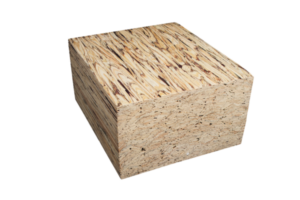
Given its bending strength, PSL is used as long-span beams, heavily loaded columns and large headers and is well-suited to applications where high bending or compression stress is required. It can be used in both interior and exterior applications.
UBC Forest Sciences Centre | Photo credit: Don Erhardt
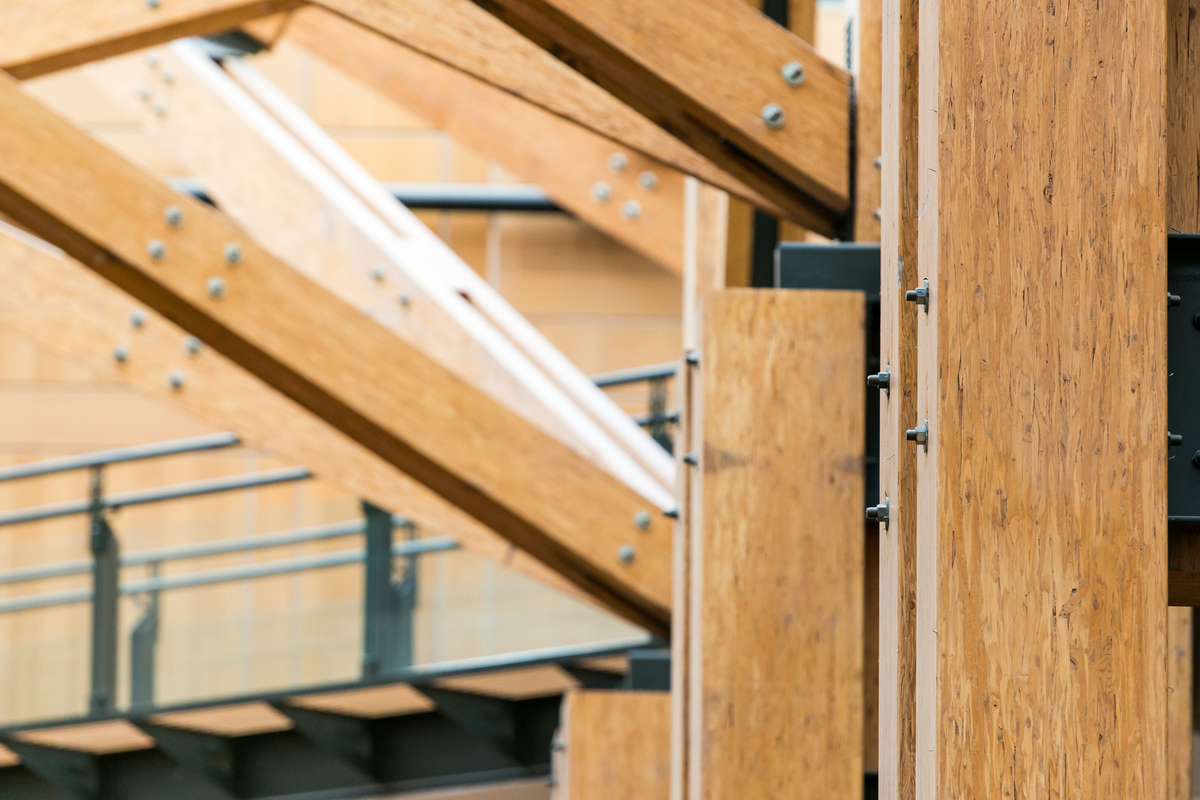
PSL is made from strands bonding together in a continuous press using waterproof adhesives with a phenol-formaldehyde base. It can made using waste materials from plywood and LVL production, with species commonly including Douglas-fir, pine and western hemlock, among others. PSL exhibits a rich texture and retains numerous dark glue lines. PSL can be stained to enhance the warmth and texture of the wood. It is sanded at the end of the production process to ensure precise dimensions and to provide a high-quality surface for appearance.
As PSL is a proprietary product, its specific engineering properties are unique to each manufacturer and does not have a common standard of production nor common design values. Design values are derived from test results analyzed in accordance with CSA O86 and ASTM D5456 and the design values are reviewed and approved by the Canadian Construction Materials Centre.

Advancing the use of mass timber supports new jobs and long-term investments in value-added manufacturing, green building, and forest sector diversification. This collection of key resources helps to both show and tell how BC is leveraging the mass timber movement to help deliver more value out of BC’s forests.
PSL is permitted and is safe to be exposed in accordance with building codes, as their large mass provides inherent resistance to fire. PSL, like other mass timber products, naturally resists fire because it chars. In the event of a fire, this char on the outside forms a protective layer while retaining strength. This slows combustion significantly, allowing time to evacuate the building safely. PSL has similar fire performance to a comparably sized solid sawn lumber or glued-laminated beam.
In fire testing of PSL (along with LSL and LVL) the char rate for composite lumber products were comparable to those of solid-sawn lumber and within the range previously found for different species of solid-sawn lumber.

Manufactured at a moisture content of 11 per cent, PSL will resist shrinking, warping, cupping, bowing and splitting. Similar to other wood products, PSL will not rot or acquire mold when designed and installed correctly. In fact, the relatively large porous voids in PSL means preservatives are able to better saturate and penetrate into the product. This makes it a good choice for use in exterior conditions as well as interior applications. Treated PSL can be specified in high humidity exposures. Wrapping of the product for shipment to the job site is important in providing moisture protection. End and edge sealing of the product will enhance its resistance to moisture penetration. Following best practices for managing moisture in wood construction will safeguard the product from damage or decay.
Photo credit: Paul Alberts (Ardor Media)
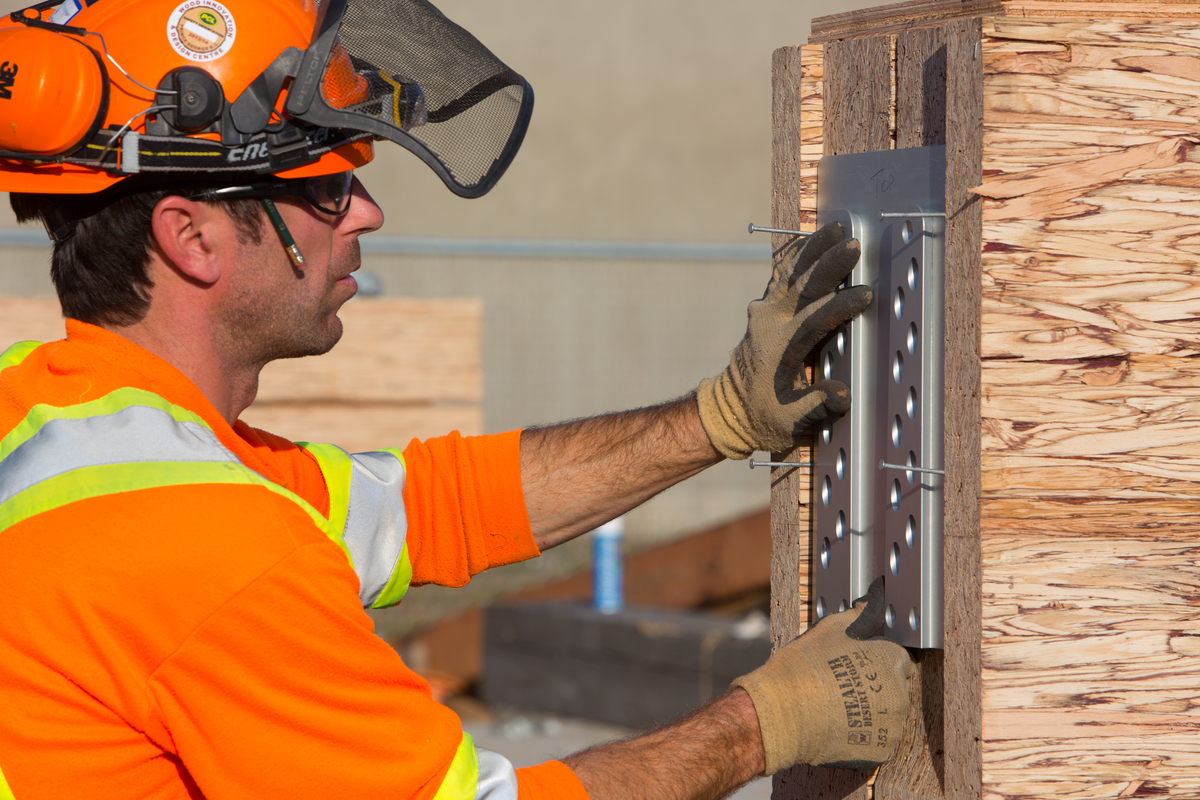
Forest Sciences Centre at the University of British Columbia is a showcase of what is possible with B.C. forest products. Its atrium takes the form of a five-storey galleria, its glass roof supported on 13-metre PSL tree-like columns. The use of PSL is a fitting nod to an innovative engineered wood product invented in British Columbia.
Photo credit: Don Erhardt
PSL is a solid, highly predictable, uniform lumber product. Its efficient use of wood fibre adds to its ecofriendly benefits and makes it an attractive alternative to more carbon intensive materials. Like most wood products, it is well-suited to prefabrication. As an attractive structural material, PSL is a good choice when finished appearance is important. As an engineered product, PSL offers high bending strength and is well suited to long-span designs.
Wood Innovation and Design Centre | Photo credit: Paul Alberts (Ardor Media)
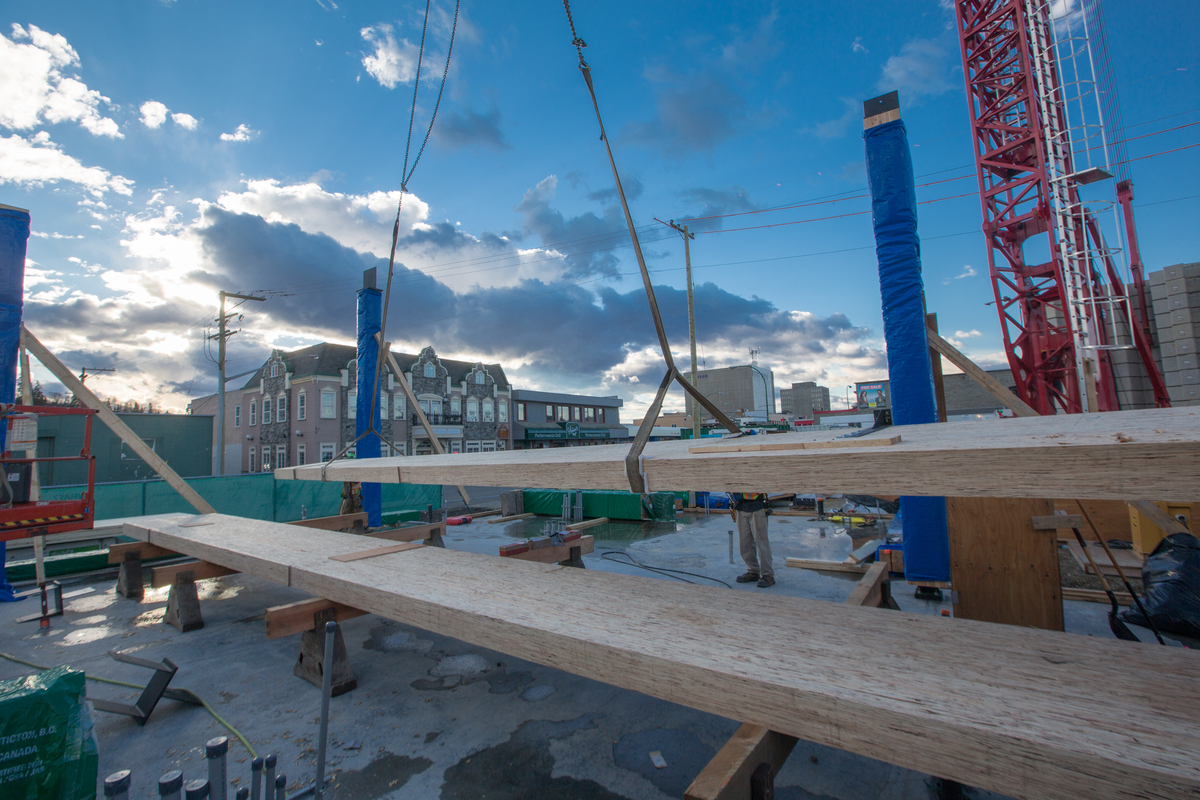
With the province of British Columbia recognized as a global leader in sustainable forest management, you can specify B.C. forest products with confidence. Connect with suppliers of parallel strand lumber today.


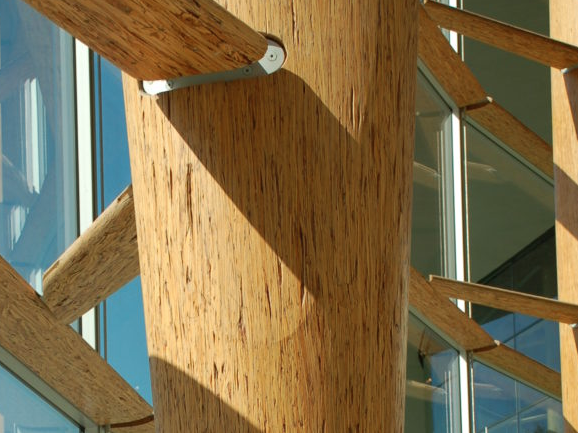
Subscribe for the latest wood projects, developments, tools and research.